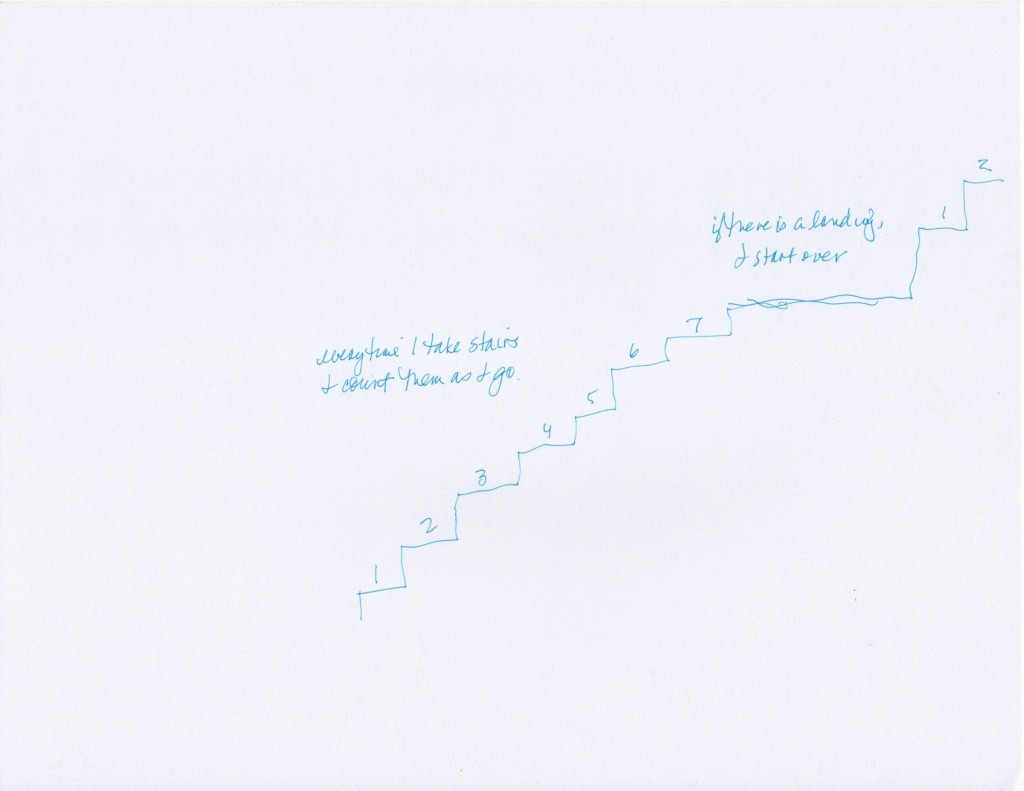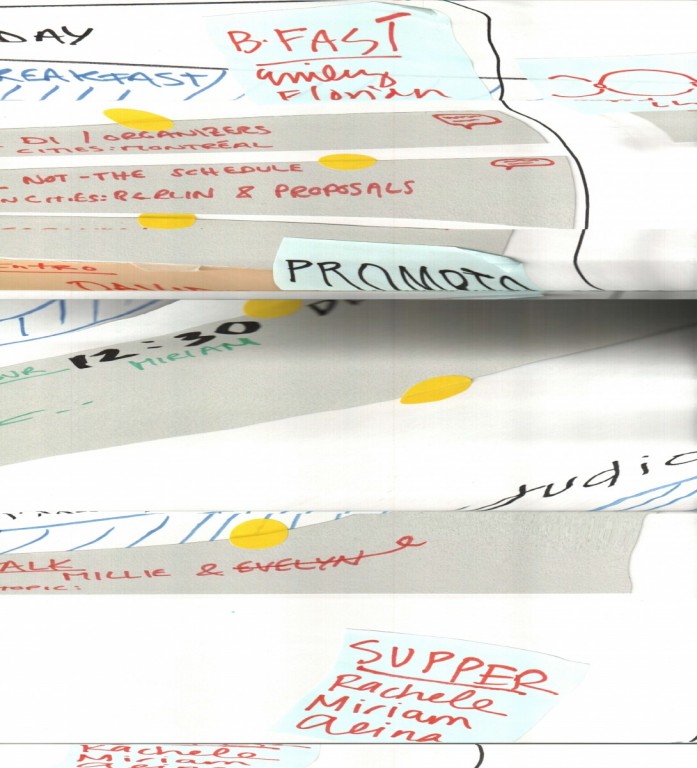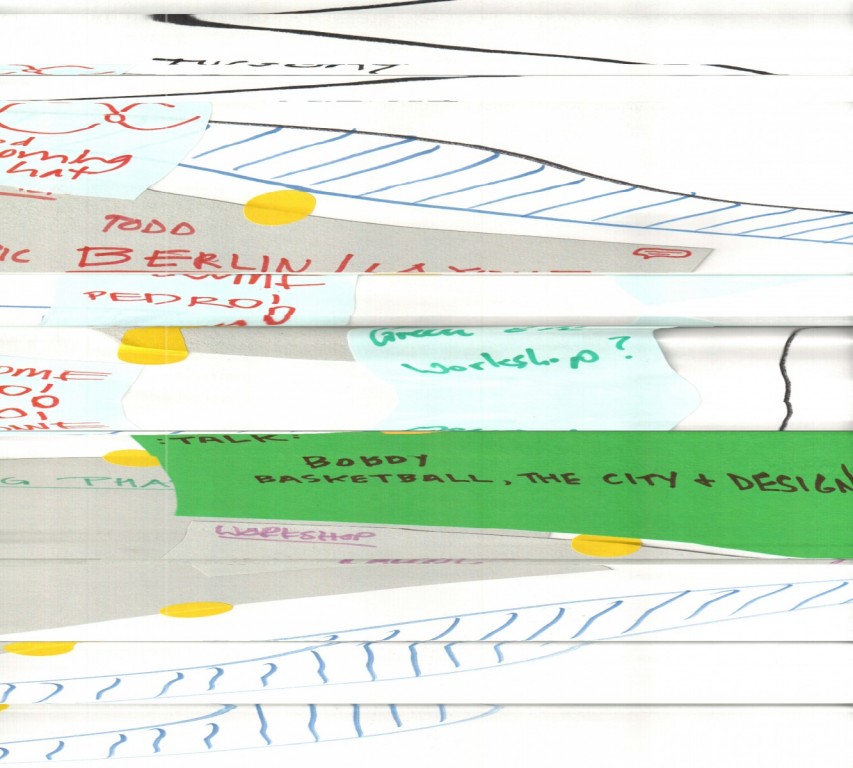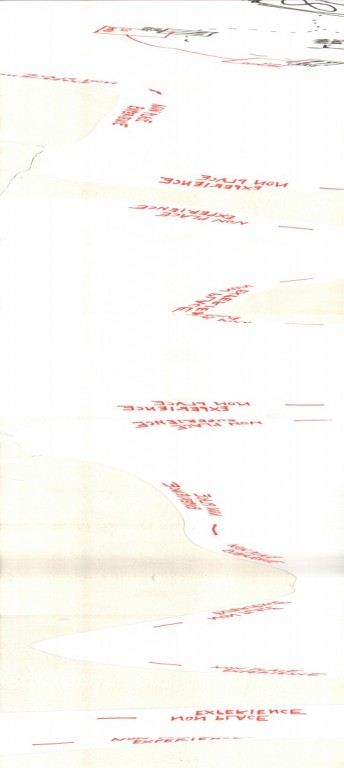 Tool Number One: Once A Day Berlin
Tool Number One: Once A Day Berlin
In preparation for DesignInquiry DesignCity Berlin, I created the web-based ‘Once a Day Berlin,’ a project that maps stories about Berlin that deal with tensions in the city (from July 3– 27, 2012). ‘Once a Day Berlin’ is a shifting view of Berlin that highlights textual and visual aspects of news stories and is created from the results of prompting the web with a daily Google News Alert (here, it was simply the word, ‘berlin.’). New relationships between events are formed within the constraints of ‘a day’ while the original context of the news story is preserved by hyperlink.
‘Once a Day Berlin’ was created as way to get to know the city from afar, while acknowledging the fragmented nature of learning about it on the web. By mapping conflict and time in a web experience that is simultaneous, exploratory, and spatial, I hoped to create a resource for further investigation during DesignCity. The project embodies emotional and objective information and is an expressive tool for research. Many of the stories in ‘Once a Day Berlin’ were used in the collaborative workshop that Minh Le and I conducted on Wednesday, August 8, 2012. (i)
The goal is to now develop the project into a participatory and serial platform for investigating contemporary issues in the city. I am encouraged by the role it played in our workshop at DesignCity Berlin, and I would like to, with further design and programming, expand the project so that it can work on many levels with diverse participants—expanding upon its format to follow activities, controversies, tensions, and developments, and to provide an interface between stories collected through web searches and the interpretations and discoveries that evolve from being there. A series of ‘Once a Day’(s), while sharing an underlying structure, could examine what is emotionally and practically distinct about each place—as each installment in the series of cities is defined and enhanced by the contributions of different groups of people. (ii)
Notes:
(i) CONFLICT EXERCISE WORKSHOP: Minh Le and I conducted a workshop in which participants were asked to investigate a story of conflict in the Berlin news and to design a response that enables it to be shared with others.
(ii) WORKSHOP RESPONSES: One group analyzed the use of language in two opposing reviews of the ‘Memorial to the Murdered Jews of Europe’ (Amery Calvelli, Alina Naujokaitis, and Joshua Singer). By blocking out specific key words in the texts that would identify the subject as the Holocaust Memorial in Berlin, the modified articles bring emphasis to the emotional tone of the authors’ words, shift the reader’s experience, and highlight the relevance of context.
Another group, having identified with a point of view, designed a subversion of activism (Bobby Campbell and Florian Sametinger responded to the Kreuzberg community protest letter of the BWM Guggenheim Lab). Their satirical response, in which they formed a hypothetical development company and wrote a press release, demonstrates how the familiar issue of gentrification might be codified, easily leading to misperceptions of a neighborhood’s resilience and its systems of power.
‘Once a Day Berlin’ excerpt from website: July 13, 2012, www.once-a-day.net/berlin

Conflict Exercise Workshop in progress:
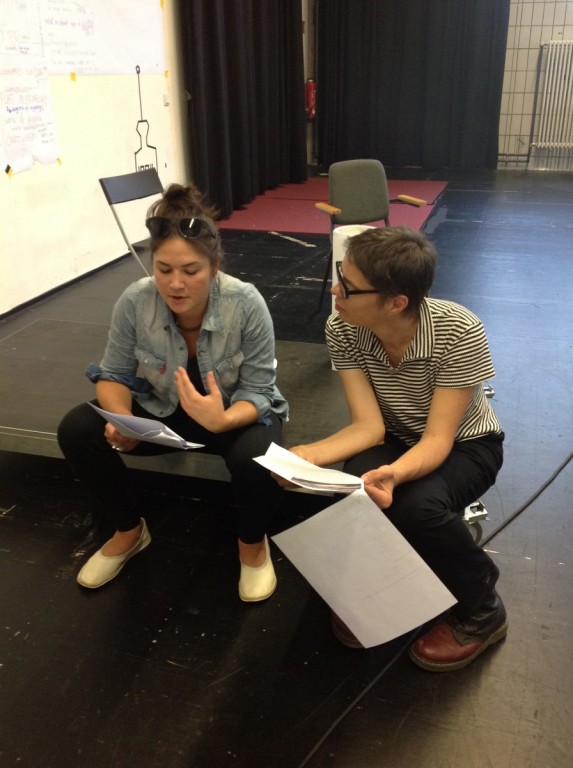
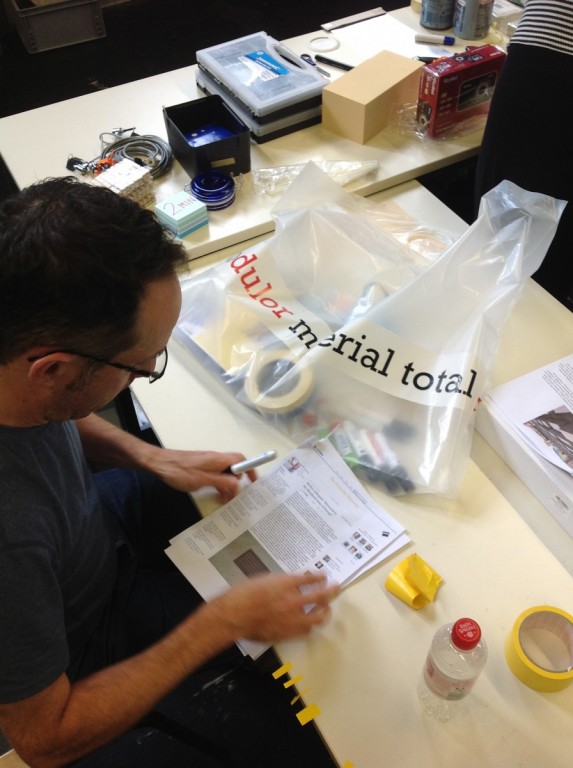
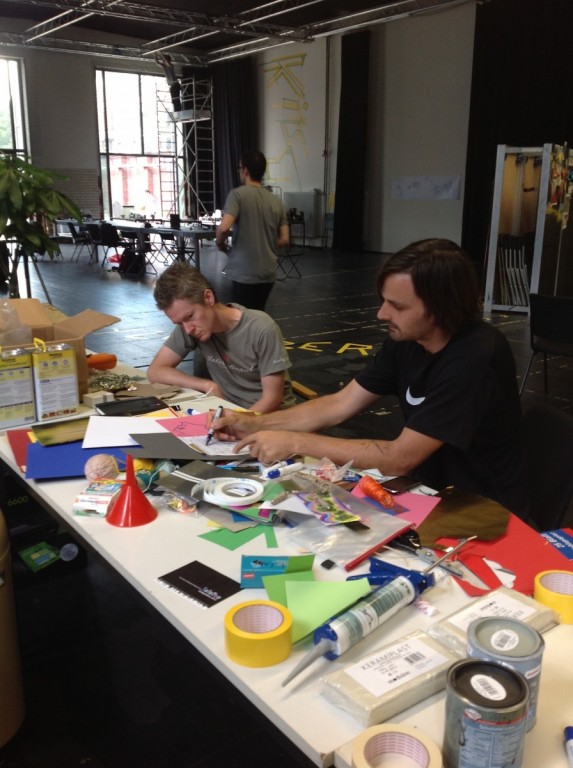
Workshop Responses: Bobby Campbell, Florian Sametinger, Joshua Singer, Amery Calvelli


Tool Number Two: Expressive Scans
In the studio at DesignCity Berlin, I used the hand-held scanner to interpret the week’s developments and activities: the mappings, photos, and production taking shape around the room. My goal was not to record the material objectively but rather the gesture of capturing it, along with the source material. I ran the scanner across the surfaces—sideways, backwards and forwards, quickly and slowly, lifting it up and placing it back down again mid-scan—the movement reminded me
of drawing. In every instance the scanner would blink: ‘ERR’ for error, for having used it the wrong way.
I call them ‘Expressive Scans.’ They are partial distortions and exaggerations; they embody a source material (the map, print, photo, elements of the original thing I scanned) and the gesture of the moment in which they were captured. I could never predict what the outcome of each scan would be, so I made over one hundred of them.
Currently I am exploring ways to incorporate the tool and the role of performing drawing into my
project on the Nevada Test Site, for example, to visualize the miles of coaxial cables that were installed to transfer data from the site of each nuclear detonation to a computer, several feet away. The force of each blast disrupted the cable lines, and they lie scattered and twisted as fragments and in long stretches across the landscape. Instead of drawing these disconnected lines, I am using ‘expressive scanning,’ to perform the drawing, to create a disruption and capture it as it happens in that instant.

